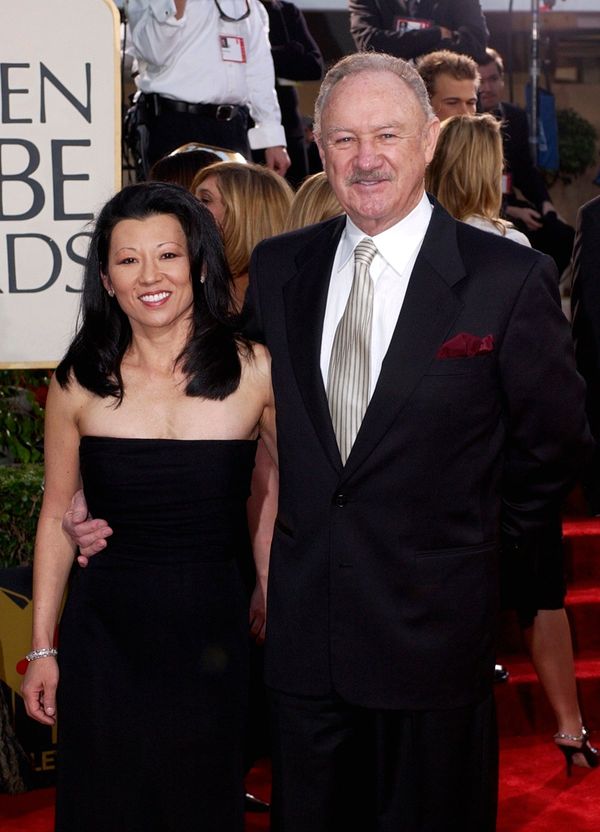
In the fast-paced world of recruitment, the ability to see beyond a candidate's CV can make all the difference. Heyam Abdalrahman, an experienced administrative and talent acquisition manager, exemplifies this approach. With human resources and marketing qualifications, Abdalrahman's philosophy is rooted in looking past the surface of a one-page resume to uncover a candidate's potential.
A Lesson in Persistence and Perception
In a compelling LinkedIn post, Abdalrahman shared a remarkable hiring experience underscoring the importance of persistence and holistic evaluation. She recounted the story of a candidate whose CV she had initially rejected twice. Yet, the candidate's persistence led him to apply a third time, prompting Abdalrahman to invite him for an interview. This decision proved fortuitous. "He applied for the third time, and I called him for an interview. And guess what? We offered him a role right after the interview," she wrote. "Now, a year later, he has become the Team Leader and is performing excellently."
Abdalrahman's story illustrates a critical lesson for recruiters: "Do not always judge someone solely based on their CV. Sometimes, they are more than that one-page profile."
The Rapid CV Screening Process
Research by StandOut CV, a company known for its honest resume advice, highlights the speed at which recruiters make initial decisions. According to their findings, recruiters spend an average of six to eight seconds looking at candidates' CVs before deciding on their suitability. "As a job seeker, this is a worrying and frustrating statistic," remarked StandOut CV Founder Andrew Fennell.
He explained that due to the high volume of CVs, recruiters are often pressed for time, making rapid decisions necessary. "If a recruiter has to review 200 CVs daily, they will be greatly restricted in the time they can invest in screening each one. Once they have created a shortlist, they will likely spend more time studying the CVs that made it through."
Fennell emphasises that this initial process must be efficient despite the necessity for quick screenings. "Their initial CV screening must be rapid," he added. This reality contrasts with the approach of recruiters like Abdalrahman, who prefer face-to-face interviews to gain a more comprehensive understanding of candidates. However, agency recruiters often work under tight deadlines and competition, leading them to hastily sift through CVs to find the perfect candidate before their rivals.
Making CVs Stand Out
Given the constraints and high stakes in the recruitment process, how can candidates ensure their CVs capture attention? Michael Page, a leading recruitment firm, offers four essential tips:
- Clarity: The layout of a CV should be clear and easy to read, confined to one or two pages, and use a single type of font. Proofreading to eliminate any spelling or grammar errors is crucial. A professional CV should include bullet points to highlight past achievements, education, skills, and responsibilities.
- Consistency: A CV should be organised in reverse chronological order, with the most recent job or qualification at the top. It's essential to explain gaps in work history and write concisely to avoid lengthy, rambling sentences.
- Skills: Applicants should include all relevant skills, both minor and significant, that were acquired and required in previous roles. The skills section, often viewed as highlighting a candidate's suitability, should complement past experiences.
- Tailored: Candidates need to customise their CV for each job application. Recruiters scan CVs for specific work experience and skills that match the job role, so tailoring the CV to each application increases the chances of standing out.
Abdalrahman's approach and the insights from recruitment experts highlight the evolving talent acquisition landscape. While CVs remain critical, they are not the sole determinant of a candidate's potential. By balancing efficient CV screening with a deeper evaluation process, the recruitment industry can better match candidates to roles, driving success for individuals and companies.







